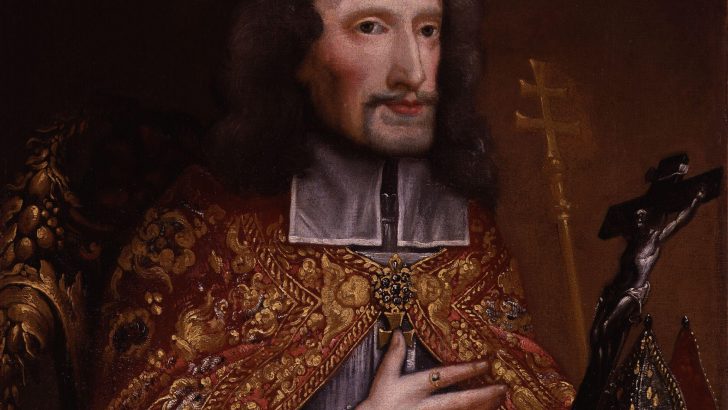The Notebook
It’s often noted that St John Paul II canonised more saints than all of his predecessors combined, but too often forgotten is that on the February day five years ago when he announced his resignation, Pope Benedict XVI authorised the canonisation of more saints than his Polish predecessor had ever done.
The then Pope’s historic announcement was made during a consistory where he approved the canonisation of the ‘Martyrs of Otranto’, 813 martyrs, formally canonised by Pope Francis in May 2013, who were killed by Ottoman Turks in 1480 following a 15-day siege of the small southern Italian port town.
Accounts of Otranto’s fall in subsequent decades detailed the murder of the town’s bishop and clergy, the massacres and enslavement of others there, and how hundreds of laymen, led by the tailor Antonio Primaldo, were given the option of converting to Islam or being killed. They chose the latter.
Process
A canonical process for the men began in 1539, with Pope Clement XIV beatifying them in 1771. These men, Pope St John Paul II observed in 1980, were not “deluded” or “outdated,” but were “authentic, strong, decisive, consistent men” who loved their city, their families and their faith.
It’s worth noting how little is known about these “Companions of Antonio Primaldi”, since even the names of most of them are lost to us, while questions have been raised over how the earliest accounts of Otranto’s fall are silent about whether the massacred locals were allowed choose between their lives and their Faith.
Recognition
The whole affair is worth pondering when we consider how few of those Irish who died for the Faith in the Reformation and penal times the Church has formally recognised as martyrs.
It’s been over a century since Dublin’s Archbishop William Walsh put forward the causes of 260 Irish martyrs, just one of whom – St Oliver Plunkett – has been canonised, 17 others being beatified in 1992.
These figures stand in stark contrast to England’s 42 canonised martyrs and 242 beatified ones, with delays in the Irish cause seemingly being largely down to the shortage of resources for necessary historical research, and the challenge of distinguishing between political and religious deaths.
Given uncertainty around the identities of the Martyrs of Otranto and around how exactly they died, however, or even how St Maximilian Kolbe and Blessed Oscar Romero might more accurately be said to have been slain out of odium amoris – ‘hatred of love’ – than hatred of the Faith, are such delays really justifiable now? Shouldn’t the same standards be applied across the Church?
Pope Francis speaks often of an ecumenism of blood, holding that we live in an age of martyrdom. His impending visit to Ireland would be a fitting time for the Church to acknowledge how many of our ancestors preferred death to betraying the Faith.
I’d never seen a Mass rock until October 2013, when I was at a Mass at Poll an Aifrinn in Kerry’s Kilclohane Wood. It was here Fr Tadhg Moriarty OP was celebrating Mass on 15 August 1653 when he was captured by Cromwellian soldiers. That January a decree had been issued from Dublin banishing all Catholic priests and declaring those who refused transportation guilty of high treason.
Two months after his capture, Tadhg was taken to the scaffold at Martyrs’ Hill in Killarney, where he spoke briefly of the Faith and of martyrdom as the surest way to heaven, with one of the Cromwellian troops reportedly remarking after he died: “If ever a papist were a martyr, he certainly should be accounted one.”
Asked on Bavarian television in 1997 how the Holy Spirit selects Popes, the then Cardinal Ratzinger rejected the notion that the Spirit picked out the Pope, as such, instead allowing the voting cardinals to make their own decision in the assurance that “the thing cannot be totally ruined”.
During the 2005 conclave, however, as he notes in his 2016 interview Last Testament, he was struck by how many of his fellow cardinals said whoever was chosen should see the vote as a sign. “It is worked out with so much gravity and dignity that I believed, if the majority of the cardinals really elect me, the Lord is electing me, and then I must accept it,” he said.
In resigning in 2013, it seems Pope Benedict XVI must have trusted that the Holy Spirit would choose his successor, and did not merely think that whatever happened, the Church would not be “ruined”.


 Greg Daly
Greg Daly Oliver Plunket by Edward Luttrell
Oliver Plunket by Edward Luttrell